
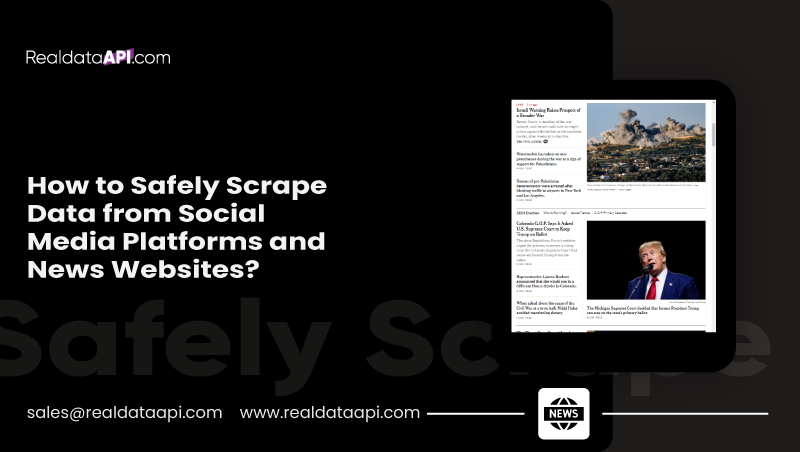
Introduction
Navigating data scraping from social media platforms and news websites requires a delicate balance between extracting valuable insights and respecting ethical and legal boundaries. This guide will explore the principles and practices that ensure safe data scraping. From understanding platform policies to implementing responsible scraping techniques, we aim to empower individuals and organizations to glean meaningful information while upholding the integrity of these digital spaces. Join us on a journey where the convergence of data accessibility and ethical considerations paves the way for responsible and informed data scraping from social media and news websites.
Which Data Fields to Scrape from Social Media Platforms and News Websites?
The data fields to scrape from social media platforms and news websites depend on the specific goals and use cases. However, there are standard data fields that are often targeted for scraping:
Social Media Platforms
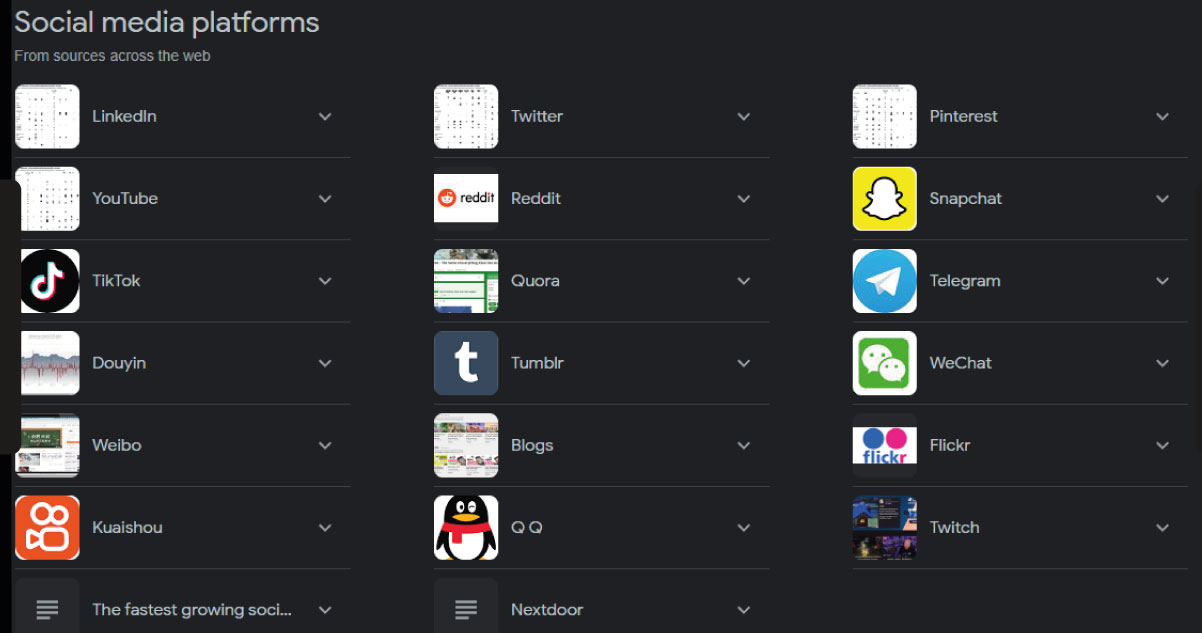
User Profile Information

- Usernames/handles
- Display names
- Bio/description
- Profile pictures
Engagement Metrics
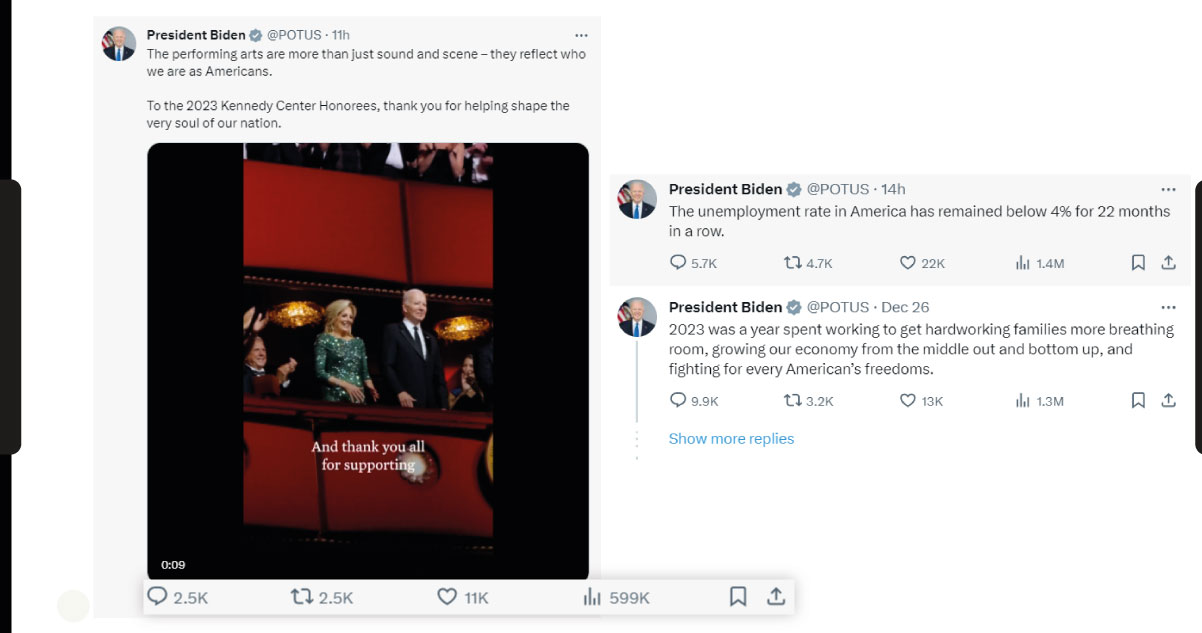
- Likes
- Comments
- Shares/retweets
- Followers/following counts
Post Content

- Text content
- Images/videos
- Timestamps
Hashtags and Mentions
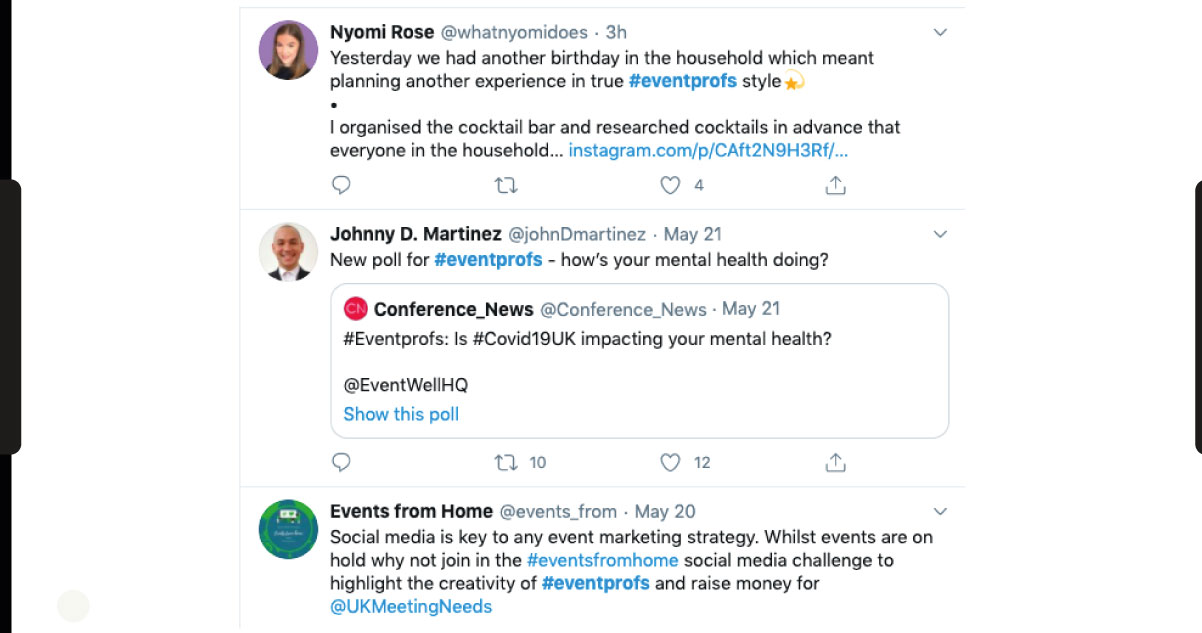
- Extracting hashtags and mentions for content categorization and analysis.
User Relationships

- Followers/following lists
- Friends or connections
Location Data
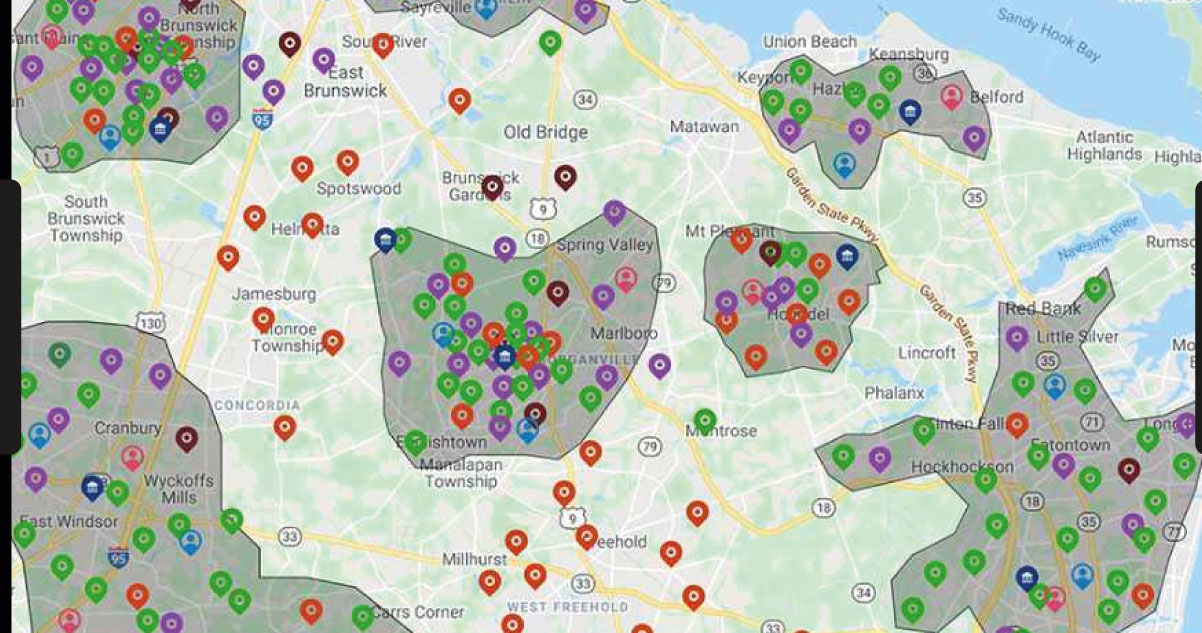
- Geotagged information for location-based analysis.
Ad Campaign Data
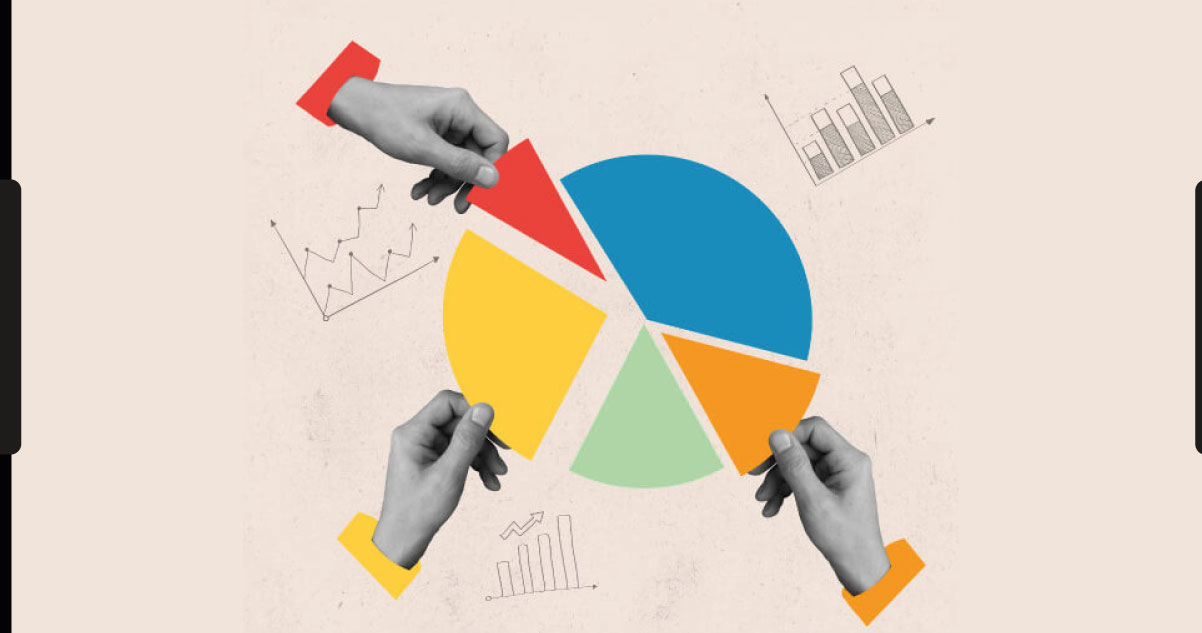
- Ad engagements and performance metrics.
News Websites

Article Metadata
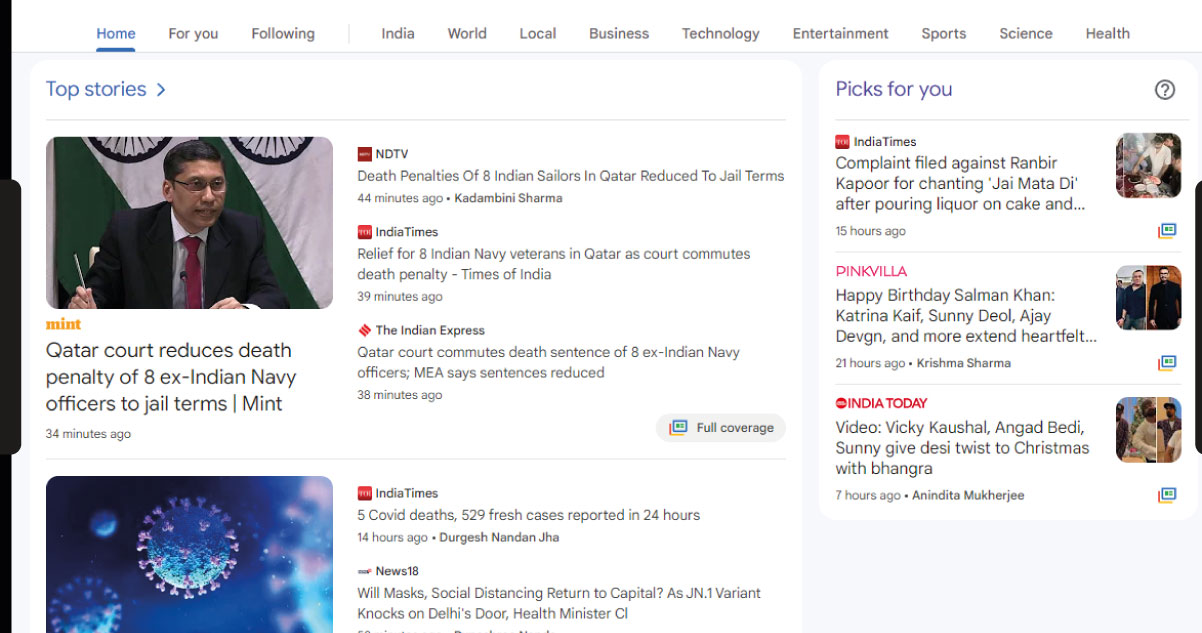
- Headlines
- Author names
- Publication dates
Article Content

- Text content
- Images/videos
Comments and Interactions

- Extracting comments and user interactions for sentiment analysis.
Categories and Tags

- Categorizing articles based on topics and tags.
Source Information
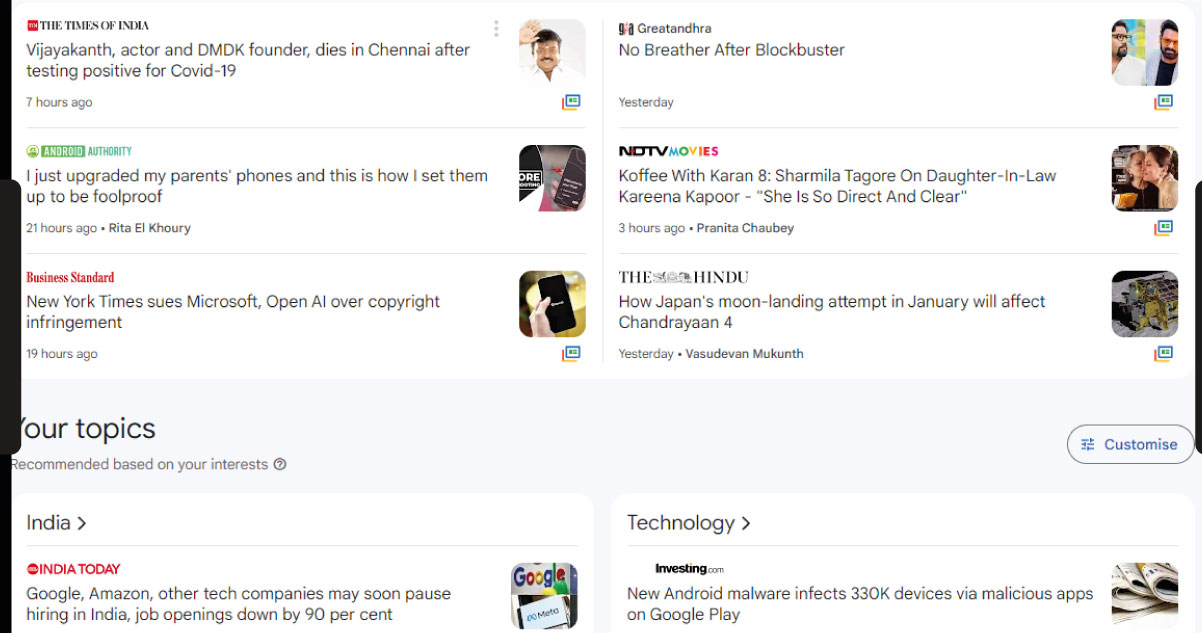
- Extracting details about the news source or publication.
Statistics and Trends
- Analyzing the popularity and trends of articles.
Social Media Shares
- Number of shares on social media platforms.
Remember, when scraping data from social media platforms and news websites, it's crucial to respect the terms of service, privacy policies, and legal regulations governing these platforms. Additionally, always consider ethical implications and user privacy, and ensure that your scraping activities align with the guidelines set by the respective websites.
Legal Allegations of Social Media Platforms & News Data Scraping
The legal implications surrounding data scraping from social media platforms and news websites are multifaceted, demanding meticulous adherence to legal frameworks, platform-specific terms, and ethical considerations. One primary concern involves violating the terms of service stipulated by these platforms, as many explicitly prohibit unauthorized data scraping. Such violations can prompt legal action by the platform itself, emphasizing the critical need for compliance.
Additionally, data scrapers must navigate the intricate terrain of copyright law, as unauthorized reproduction of copyrighted content—commonly found in news articles and specific social media posts—can lead to allegations of copyright infringement. The implications extend further into the realm of privacy, with the potential for legal consequences if user data is scraped without explicit consent, particularly in jurisdictions governed by stringent privacy regulations.
The Computer Fraud and Abuse Act (CFAA) poses another legal challenge in the United States. Unauthorized access to computer systems, including scraping data against platform terms, may constitute a breach of this act, carrying potential legal consequences. The advent of data protection laws, such as the General Data Protection Regulation (GDPR) in the European Union, further heightens the legal stakes, with severe penalties for unauthorized data scraping involving personal information.
Moreover, aggressive scraping tactics aimed at gaining a competitive advantage could be construed as anti-competitive behavior, potentially resulting in legal challenges. Social media platforms and news websites actively monitor and enforce their terms, making legal action against entities engaged in unauthorized scraping a reality.
To mitigate legal risks, individuals and organizations must familiarize themselves with platform-specific terms, obtain necessary permissions, and adhere to data protection laws. Consulting legal professionals before embarking on data scraping activities is imperative to ensure ongoing compliance with evolving legal landscapes and safeguard against potential legal allegations. Ultimately, a thorough understanding of the legal intricacies and a commitment to ethical practices are indispensable for navigating the complex world of data scraping from social media platforms and news websites.
What are Effective Methods for Constructing A News Schema That Functions Optimally
Constructing a new schema that operates optimally involves a thoughtful and strategic approach to organizing and presenting the information. Here are effective methods for creating a new schema:
Content Categorization
Organize news content into relevant categories such as politics, technology, and entertainment. This facilitates easy navigation for users looking for specific information.
Clear Hierarchy and Structure
Establish a clear hierarchy for your new schema. Prioritize important news sections and ensure a logical flow that seamlessly guides users through the content.
Metadata Inclusion
Incorporate metadata such as publication date, author, and tags. This enhances the schema's functionality by providing additional context and improving searchability.
Responsive Design
Ensure the news schema is designed to be responsive across various devices. This guarantees an optimal user experience regardless of whether users access the news on desktops, tablets, or smartphones.
User-Friendly Navigation
Implement intuitive navigation elements such as menus, breadcrumbs, and search functionality. This simplifies the user journey, making it easy for readers to find and explore relevant news articles.
Multimedia Integration
Incorporate multimedia elements like images, videos, and interactive features. This enhances the visual appeal of the news schema and provides a more engaging experience for users.
Accessibility Considerations
Ensure that the news schema is accessible to users with diverse needs. This includes providing alt text for images and ensuring compatibility with screen readers.
Dynamic Updates
Implement a system for real-time updates to keep the news schema current. This may involve automated content feeds, ensuring users can access the latest information.
Engagement Features
Include features encouraging user engagement, such as comment sections, social media sharing buttons, and interactive polls. This fosters a sense of community and encourages user participation.
Performance Optimization
Optimize the performance of the news schema by minimizing page load times. This is crucial for retaining user interest and satisfaction.
By integrating these practical methods, you can create a new schema that organizes information logically and provides an optimal user experience, fostering user engagement and satisfaction.
Scrape Social Media Platforms and News Data Websites Safely with Real Data API
Scraping social media and news data can be a powerful means of gathering valuable insights, but it requires careful navigation to ensure compliance with legal and ethical standards. Real Data API stands as a reliable ally in this endeavor, offering safe and responsible data scraping solutions.
Customized Scraping Approaches
Real Data API employs tailored scraping methods to suit specific client needs, ensuring precision and relevance in data extraction.
Ethical Data Practices
The company prioritizes ethical considerations, promoting responsible data scraping that aligns with the terms of service and privacy policies of social media platforms and news websites.
Data Enrichment Services
Real Data API goes beyond mere scraping, providing data enrichment services to ensure that the extracted information is organized, cleaned, and ready for insightful analysis.
API Integration Expertise
With expertise in API integration, Real Data API facilitates structured and authorized access to social media and news data, ensuring compliance with platform guidelines.
Scalability and Performance
The solutions offered by Real Data API are scalable and optimized for performance, capable of handling large-scale data scraping requirements efficiently.
Legal Compliance Assurance
Real Data API is committed to legal compliance, guiding clients to navigate the intricate landscape of scraping laws, terms of service, and data protection regulations.
Transparent Operations
Transparency is a hallmark of Real Data API 's operations. Clients can expect clear communication about the data scraping process, potential challenges, and ethical considerations.
Conclusion
Scraping social media and news data with Real Data API ensures a secure and ethical approach, empowering businesses and researchers with valuable insights while maintaining the integrity of data extraction practices. For a reliable partner committed to safe and responsible data scraping, Real Data API stands at the forefront of delivering tailored and ethical solutions.













